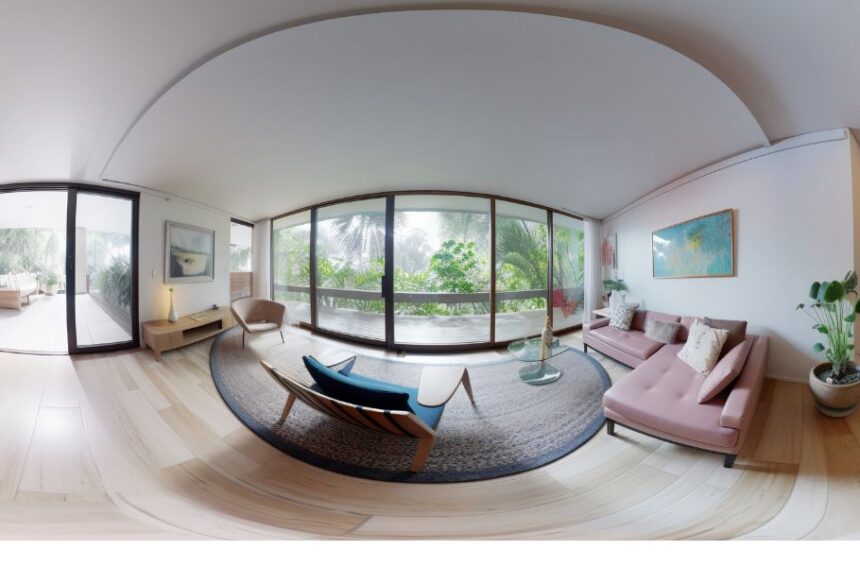Real Estate Photography plays a powerful role in how people connect with spaces they dream to call home. In a world where first impressions happen online, the quality of real estate photos often makes the difference between a listing that stands out and one that gets overlooked. Whether it’s a cozy apartment, a grand villa, or a commercial space, the way it’s photographed tells a silent story a story that invites buyers to imagine a life there.
In this guide, we’ll walk through the world of real estate photography with a soft touch, understanding its essence, techniques, and how anyone can elevate their property images with warmth and professionalism.
Why Real Estate Photography Matters
When someone scrolls through property listings, they don’t just see walls, windows, and furniture they see possibilities. Great real estate photography captures the heart of a space. It highlights what words sometimes fail to describe: the coziness of a sunlit corner, the openness of a backyard, or the elegant curve of a staircase.
Photography helps:
- Create emotional connections
- Speed up the selling process
- Increase property value perception
- Attract a larger pool of potential buyers or renters
It’s not just about clicking pictures; it’s about telling the story of a home with light, angles, and emotions.
The Gentle Art of Preparation
Before a single photo is taken, preparation is key. A well-prepared property makes the photographer’s job easier and ensures that every photo truly shines.
Here are a few soft but important steps:
- Declutter with Care: Remove personal items and excess furniture, but keep the home’s warmth alive.
- Let Natural Light In: Open curtains and blinds to fill rooms with daylight.
- Add Subtle Touches: Fresh flowers, cozy throws, and tidy spaces make a big difference.
- Clean Every Corner: A sparkling clean space naturally looks more inviting.
A little thoughtful staging goes a long way in setting the perfect tone for photos.
Essential Equipment for Real Estate Photography
While passion and creativity are at the heart of real estate photography, the right tools make a noticeable difference.
Here’s what a soft and professional toolkit often includes:
- A Good Quality Camera: A DSLR or mirrorless camera with interchangeable lenses.
- Wide-Angle Lens: Helps capture the full scope of rooms, making spaces feel larger and more inviting.
- Tripod: Essential for sharp, stable shots, especially in lower light.
- External Flash: Soft lighting can lift shadows and brighten interiors without making them harsh.
- Editing Software: Tools like Lightroom or Photoshop allow gentle adjustments to light, color, and clarity.
Good equipment, paired with a thoughtful eye, can turn simple spaces into irresistible invitations.
Capturing the Perfect Shot: Soft Techniques That Matter
Photography is not just a technical skill; it’s an emotional craft. Here are some soft techniques to consider:
Embrace Natural Light
Whenever possible, work with natural light. Early morning or late afternoon offers a soft, golden glow that adds warmth to any room.
Find the Right Angles
Shooting from the corners can make rooms appear more spacious. Avoid extreme angles that distort reality keep it authentic, but flattering.
Pay Attention to Composition
Use the “rule of thirds” to place important elements thoughtfully within the frame. Balance is key allow the space to breathe.
Highlight Unique Features
Every home has a little magic a fireplace, an antique door, a sunlit reading nook. Make sure these features are gently brought to attention.
Keep It Natural
Overediting can make photos look artificial. Light retouching is fine, but the goal is to maintain the real beauty of the property.
Outdoor Spaces: Capturing the Magic Beyond Walls
Outdoor areas deserve as much love as interiors. A lush garden, a cozy patio, or a charming balcony adds personality to a property.
Tips for outdoor shots:
- Shoot during “Golden Hour” for soft, glowing light
- Tidy up gardens and yards for a neat, welcoming feel
- Highlight outdoor furniture tastefully, showing potential for relaxation
Remember, buyers imagine gatherings, quiet evenings, and weekend breakfasts in these spaces capture that dream gently.
The Art of Subtle Enhancement
Editing should enhance the photograph’s emotion, not overpower it. Some soft editing practices include:
- Adjust brightness and contrast to match the natural feeling of the room
- Correct color balance so walls and floors look true to life
- Remove minor blemishes like wall marks or small clutter
- Straighten lines to make horizons and walls look neat and professional
Editing is like whispering to the photograph not shouting at it.
Building a Real Estate Photography Portfolio
If you’re passionate about making spaces come alive through your lens, building a portfolio is a wonderful next step.
A soft approach to portfolio building:
- Offer free shoots to friends, family, or local realtors to practice and showcase your work.
- Create a simple, elegant website where images tell their own story.
- Share behind-the-scenes moments on social media to connect with your audience personally.
A warm, authentic portfolio attracts not just clients but also admiration for your craft.
Challenges in Real Estate Photography
Every profession has its hurdles, and real estate photography is no different. A few gentle reminders:
- Tight Spaces: Use wide lenses carefully and position yourself to capture the most without distortion.
- Bad Weather: If exterior shoots are scheduled on cloudy or rainy days, focus on interior shots and reschedule exteriors if needed.
- Cluttered Homes: Offer friendly advice to homeowners about minimal staging without sounding critical.
Patience, kindness, and flexibility go a long way in this creative field.
The Emotional Side of Real Estate Photography
At its core, real estate photography is emotional work. You’re helping people take their first steps toward dreams their first home, a new chapter, or a fresh start.
Each click of the camera is an invitation, not just a presentation.
When your photos are infused with care and sensitivity, they don’t just show homes they whisper possibilities into the hearts of viewers.
Final Thoughts:
Real Estate Photography is much more than taking pictures of spaces. It’s about creating a connection between a place and a person, between a dream and its realization.With a soft eye for detail, gentle hands on the lens, and a heart that understands the significance of “home,” any photographer can create images that truly make a difference.After all, homes are not just walls and roofs they are dreams woven into reality.And it’s a beautiful thing to capture them with care.







